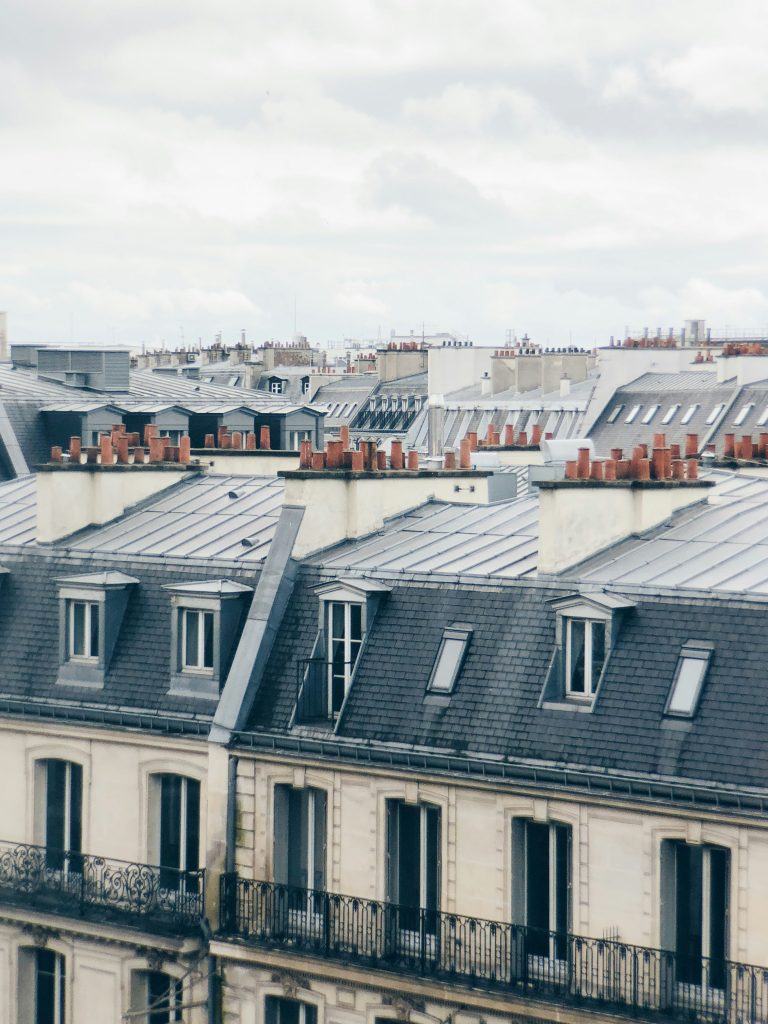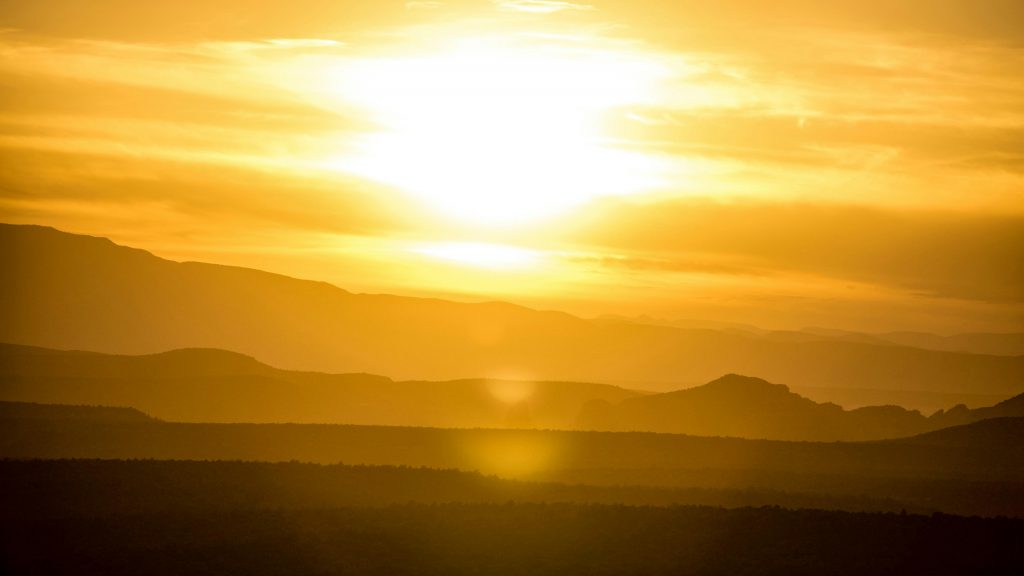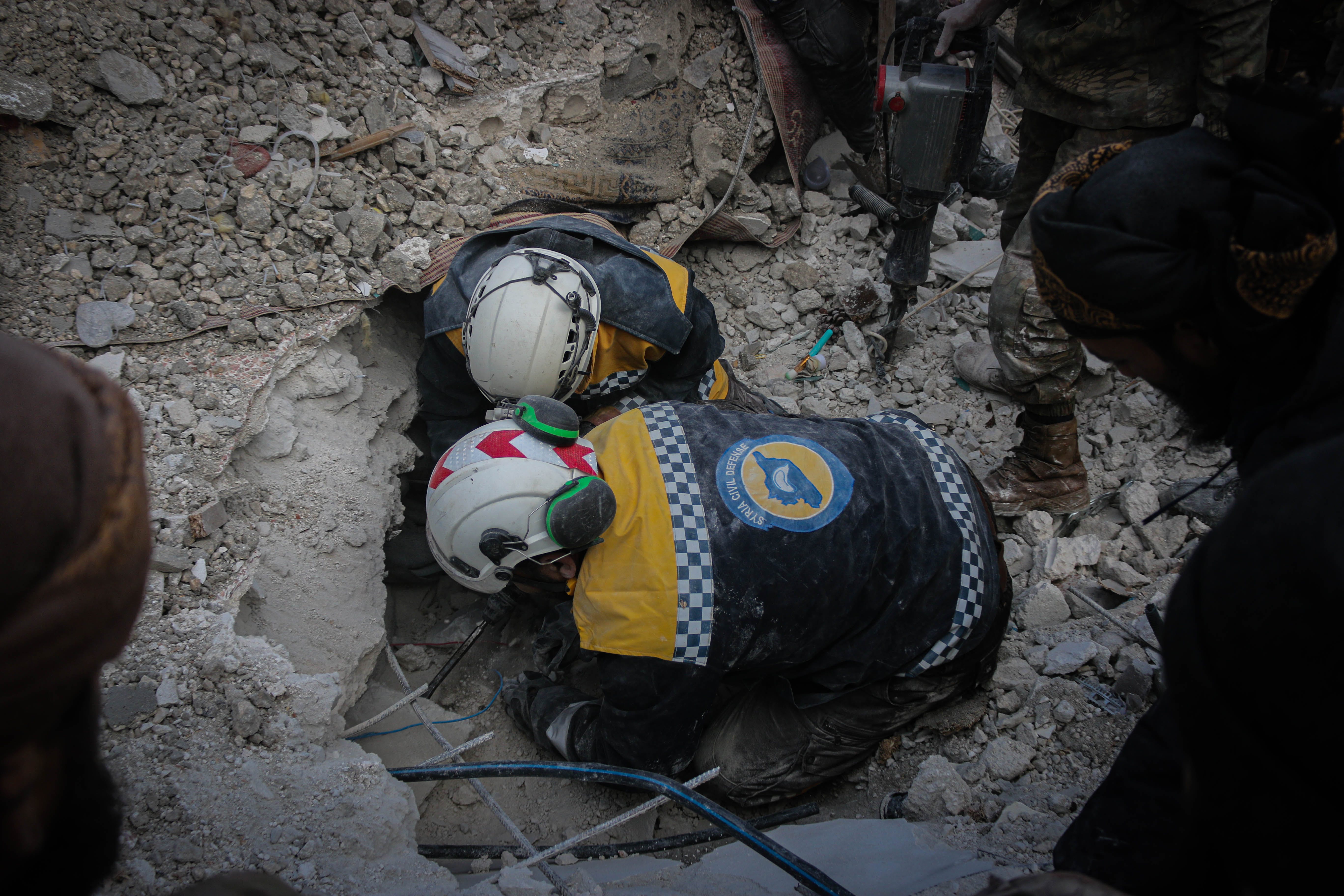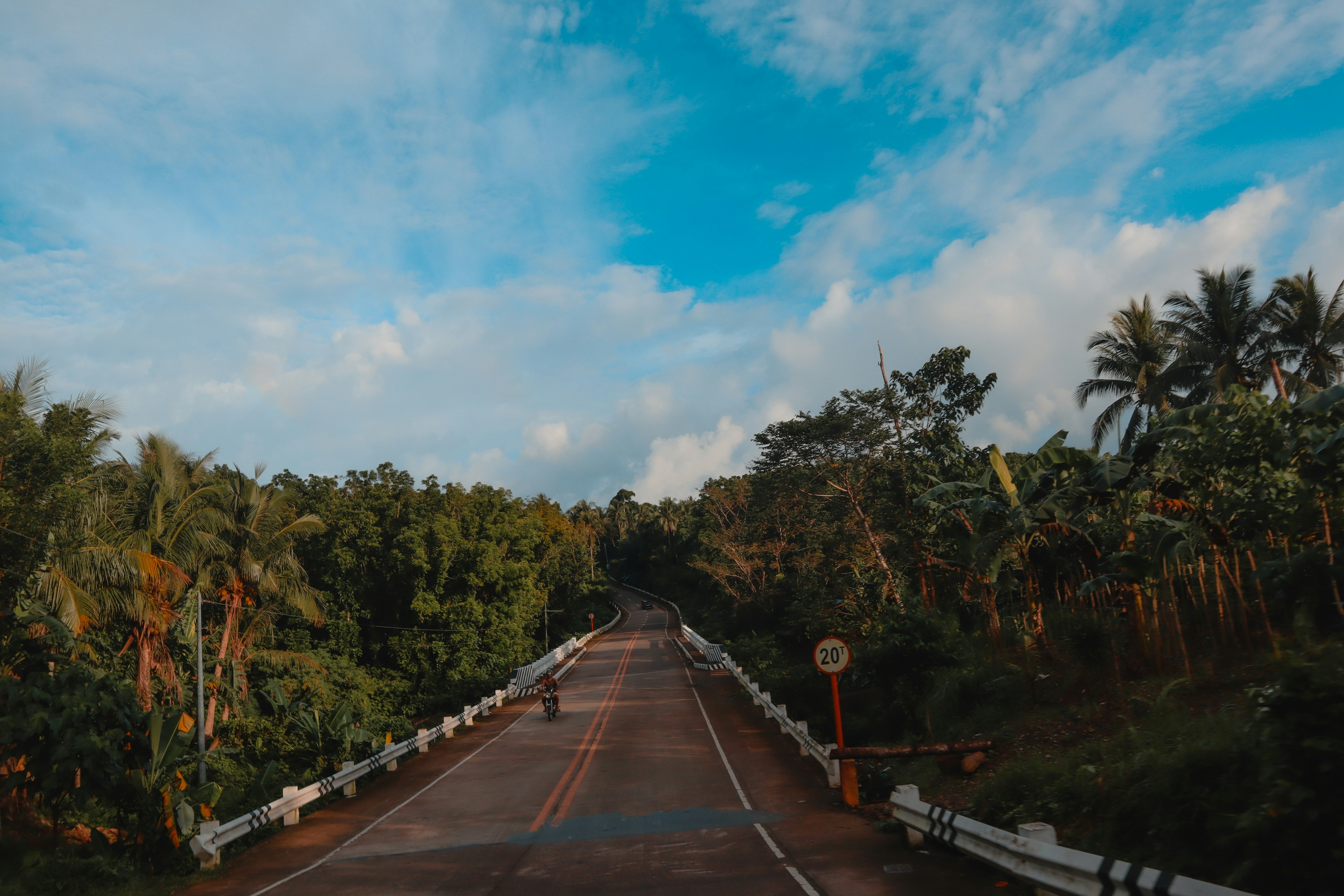1
Initially, the heatwave that killed nearly 15,000 people in France in 2003 was treated as more of a nuisance. In the first weekend of August – the beginning of France’s hallowed month of holiday, and also the start of the heatwave’s two most destructive weeks – news programs featured holidayers in traffic jams complaining of the stifling weather. Ten days later, the Paris region ran out of places to store bodies. In the capital, emergency wards were taking in three times the usual number of people. Medical supplies were running low and police were dealing with so many bodies that some units ran out of latex gloves.
Hécatombe. This was the word that officials had begun to use about the heatwave: massacre, slaughter. Twenty years later, this crisis remains “engraved in collective memory,” in the words of newspaper Le Monde. Narratives of blame for the devastating loss of life quickly concentrated around two main themes, as traced by historian Richard Keller: on the one hand, the negligence of a government that did not anticipate or respond with seriousness to the signs of crisis, and which in the eyes of some had laid its path by underfunding the health system; on the other, the callousness of a society – especially the privileged, mobile younger generations – that had left its elders to die. Analysis later established that 82% of people who perished during the heat wave were over 75. Keller’s work, however, tells a more complex story – one that challenges simplistic understandings of responsibility and vulnerability.
2
Heatwaves present a major threat to human health and life. While cold temperatures currently cause more deaths globally than warm temperatures, phases of extreme heat are more deadly than phases of extreme cold. Their frequency and severity are also increasing with global warming, while cold is becoming milder. But like all disasters, the human impacts of heatwaves depend on how the threat itself interacts with myriad other factors, many of which lie in the human environment rather than the natural world.
The research for his book Fatal Isolation took Keller into some of the least visible and most marginal spaces in Paris: the tiny attic apartments known as “chambres de bonne”, name-checked but utterly misrepresented by Emily in Paris. Keller traced the lives and deaths of those who came to be known as the “forgotten” or “abandoned” of the 2003 heatwave. These were people whose bodies went unclaimed, who died alone and were often only found days later. Many of them lived in chambres de bonne or similar accommodation.
As Keller explains, the chambres de bonne are a legacy of the sweeping reconstruction of Paris in the nineteenth century. Ideas about public health played a large (if not total) part in the scheme managed by Baron Georges-Eugène Haussmann, which saw densely populated “slums” in the centre razed in favour of wide boulevards lined by the neat, balconied buildings that still dominate the city today. What are now called chambres de bonne are the former servants’ quarters of these Haussmann-era buildings. Today these rooms are found throughout the city, in varying states of repair; some lack toilets and showers or even running water, and they are often only accessible by several flights of stairs.

Although they are in some ways a legacy of public health reform, during the heatwave these tiny, bakingly hot apartments became – in Keller’s words – “agents of mortality”. This was not simply because of their dangerous conditions. Rather, Keller argues, deaths in these conditions reflect the “production of marginality” in and by modern society, “the social and historical factors that condition vulnerability to disaster and the violence of everyday life on the margins.”
What were these factors? They were multiple and interacting. Among those who died alone in these spaces were people with very little money; there were people who had lost touch with their families, some of whom were in old age and isolated, others who were first-generation immigrants; there were people with disabilities, people with mental and physical health problems, people with addictions. In ordinary times, having to rely on unfit accommodation was (and is) an affront to wellbeing and dignity. When the temperatures rose, it became fatal.
3
These days heatwaves are never far from the news, their environmental impacts arrestingly horrible. In November 2019, a heatwave in northern Australia killed at least 23,000 fruit bats in the space of two days, representing a third of the national population. In July 2021, an estimated 1 billion marine animals died along Canada’s Pacific coast during a five-day “heat dome”. In August this year, stunned scientists reported extensive coral bleaching in reefs off eleven countries, with more expected. “The dog days of summer are not just barking, they are biting,” said UN Secretary-General António Guterres, pleading for action to end “our fossil fuel addiction”.
In Australia, heatwaves have historically been the deadliest of disasters. Between this experience and the fact it is heating faster than the global average, the country should be on its guard as it traverses an El Niño cycle and the not-yet-dissipated threat of a hot, dry summer. Preparation and mitigation, though they may not help the wildlife much, will be vital. They will save lives. But, in their different ways, Guterres’ call and Keller’s research both remind us that saving more and more diverse lives would require two things with seemingly slim prospects in today’s Australia. Meaningful climate action is one: an end to fossil fuel extraction and use, accompanied by the protection of green spaces that act as carbon sinks. Meaningful reckoning with the “production of marginalisation” is the other.

On 14 October 2023, Australian voters resoundingly rejected a modest proposal that would have ensured Aboriginal and Torres Strait Islander people had a body to convey their views to the Australian parliament, while also acknowledging their place as the First Peoples of the land. In the lead-up to the vote, Jacinta Nampijinpa Price, a prominent opponent of the proposal and an Indigenous woman, claimed that colonisation had “no ongoing negative impacts”. Meanwhile, Indigenous people in Australia have a shorter life expectancy than non-Indigenous people, and are 14 times more likely to be incarcerated. Across the Australian population as a whole, suicide rates become higher the further you go from the city. Before Covid-19 took over the headlines, a “loneliness epidemic” was being signalled as the country’s “next public health crisis”. An estimated 300 people a day were turned away from overstretched homelessness support services in 2022.
These are statistics, but they represent people. They ask questions. Who is on the margins of society, and why? What happens to them when everyday life becomes dangerous, or is cruel? When the heatwave struck Europe twenty years ago, the disproportionate number of deaths it caused in Paris opened a window onto the risks faced by those who had wound up living on the edges of society, even in the midst of a vibrant city. Responsibility for their vulnerability was so much more complicated than laying “blame” at the feet of a careless government, overwhelmed health services, or negligent relatives or neighbours. It was the product of many decades, crystallising during three terrible weeks. By recognising this, we see the limits of response, and even of preparedness, and the importance of deeper questions about how the fabric of society has been woven over time and at what cost. Isolation and marginalisation must be addressed in the present, but they require a reckoning with the past.






